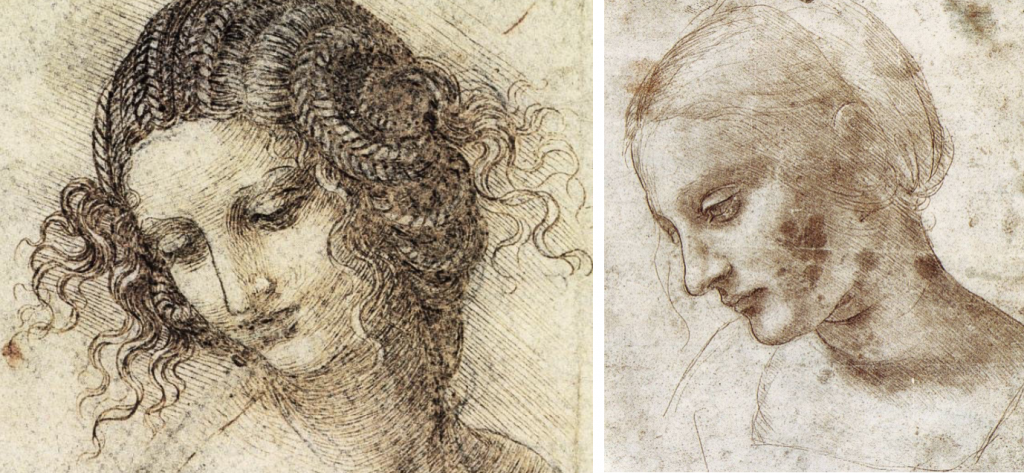The international Royal Cracow Piano Festival, a yearly series of five piano concerts, was the venue for the first recital of Slawomir Zubryzycki’s viola organista. Zubryzycki primarily performed pieces usually played by a cello or viola de gamba. This showed the unique timbre of the instrument, as Zubryzycki was able to approximate various bowed strings.
About the Festival. (n.d.). Retrieved from http://www.cracowpianofestival.com/about/
Zubryzycki, S. (n.d.). Biography. Retrieved from http://www.violaorganista.com/en/slawomir_zubrzycki/biography/

 Led by Prof. Dino Franco Felluga (
Led by Prof. Dino Franco Felluga (